Shoulder pains and problems are common among weightlifters and athletes. Tight shoulders lead to a tight back and neck and make you more susceptible to injuries. If you have been ignoring flexibility here are six exercises to safely improve shoulder mobility!
I’ve talked about mobility before, and some of the most important areas that need it are the chest and shoulder regions.
First, let’s talk about some of the reasons you might have chest and shoulder tightness. With the recent epidemic of “text-neck” and the amount of sitting we do on a daily basis, it’s no surprise that we are feeling tighter everyday.
Suffering from a sore neck, back and shoulders? Get our mobility guide to ease pain and soreness.
Get The FREE Mobility Guide To Fix Your Pain Today!
Individuals who suffer from chronic shoulder stiffness typically have poor posture, lack of mobility, and weak back muscles. So what exactly happens that causes us to be so stiff in our shoulders?
Anatomically, the shoulder is predisposed to stiffness and injury due to the small subacromial space that leaves very little room for error when moving our shoulder. Therefore, when we sit or drive for hours each day, we begin to create a new posture.
Unfortunately, this posture brings our shoulders into a forward position. As a result, the muscles that surround our shoulders become overactive and stiff. Because our bodies are highly efficient, we adapt to this new position over time and the poor posture we develop becomes the new “norm.”
In addition, our hips can begin to affect the shoulders. When our hip flexors get stiff, the pelvis begins to tilt forward and the low back arches.
As compensation, our shoulders have to hunch forward to balance the low back. This is called a sway back posture.
So it’s not only important to mobilize the chest and shoulders, but the hip flexors, as well!
Fortunately, there are many ways to mobilize the chest and shoulders. Below are six ways you can start to loosen up and fix your tight shoulders. As with beginning any exercise program, always consult your doctor first.
Chest
When your pectoralis minor muscle gets tight, it pulls your shoulders into a forward rounded position. This deep chest muscle attaches to the shoulder blades and is one of the most common areas to get tight.
Pec Ball Rollout
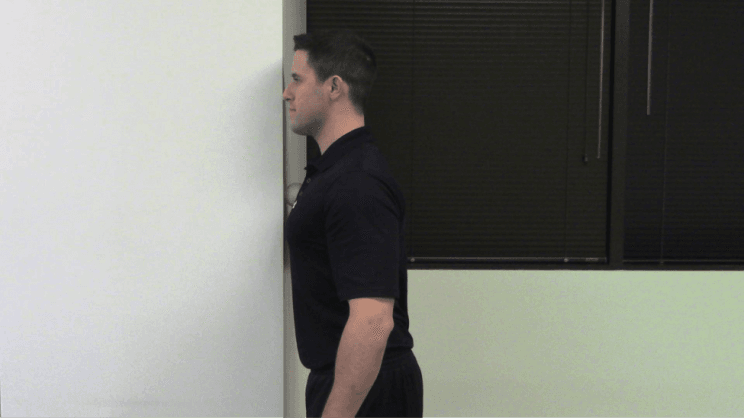
Push the ball into your upper chest with moderate pressure against a wall. Search for the spot that is a little tender and hold for up to one minute. Hold for 1-2 minutes.
Chest Foam Roller Stretch
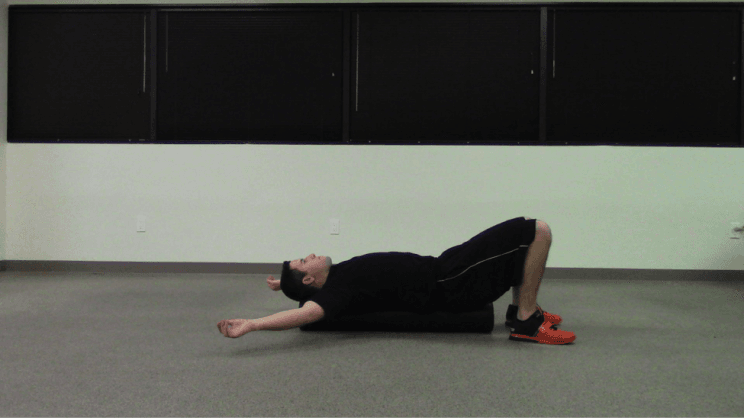
Latissimus Dorsi
The latissimus dorsi is a long muscle that connects from the back of your pelvis to the back of your upper arm. When it gets tight, it pulls your shoulder into an internally rotated position.
Lat Foam Roller
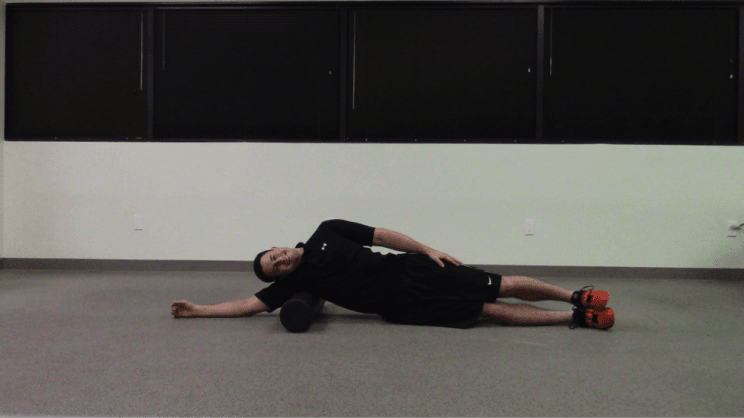
Upper Traps
The upper traps are a common spot that gets tight from stress and poor posture.
Upper Trap Ball Rollout
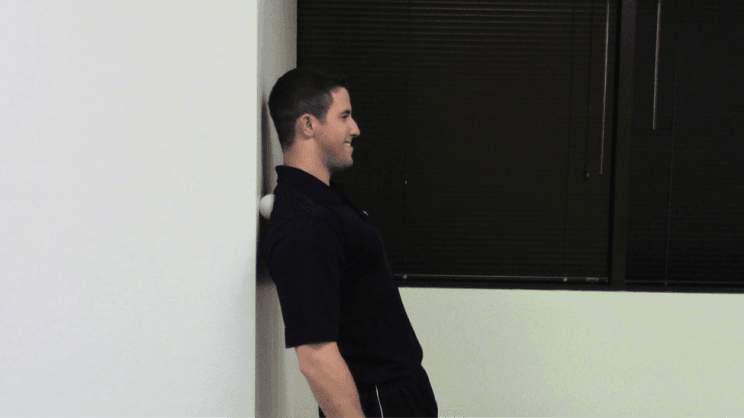
Thoracic Spine
The thoracic spine is the middle part of your spine. This area commonly gets stiff and in a state of flexion, causing the shoulders to round forward.
T-Spine Extension
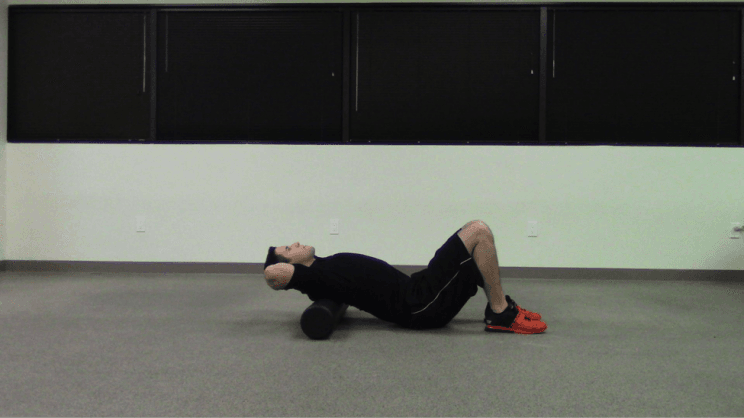
Pretend this is a reverse sit-up and extend backwards until you feel your middle back begin to extend. This will be a small movement. Perform 20-30 reps.
Hip Flexor
The hip flexor commonly gets tight from sitting. This can cause your pelvis to tilt forward and cause your upper back to round.
Hip Flexor Stretch
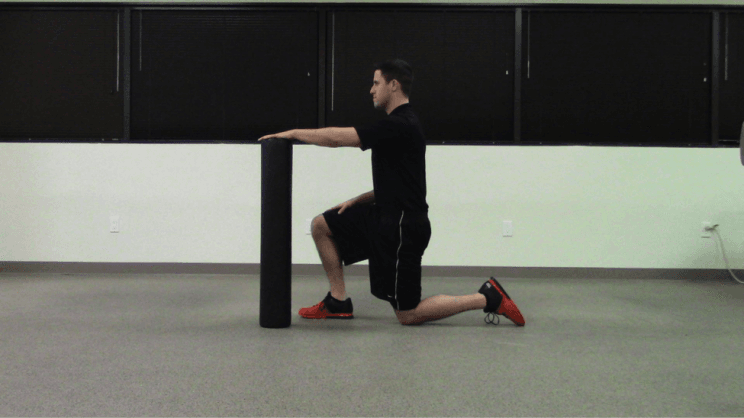
Each of these mobility exercises will help you begin to loosen up your tight chest and shoulders.
Watch the Video Below!
(Read This Next: The Complete Beginners Guide To Foam Rolling)


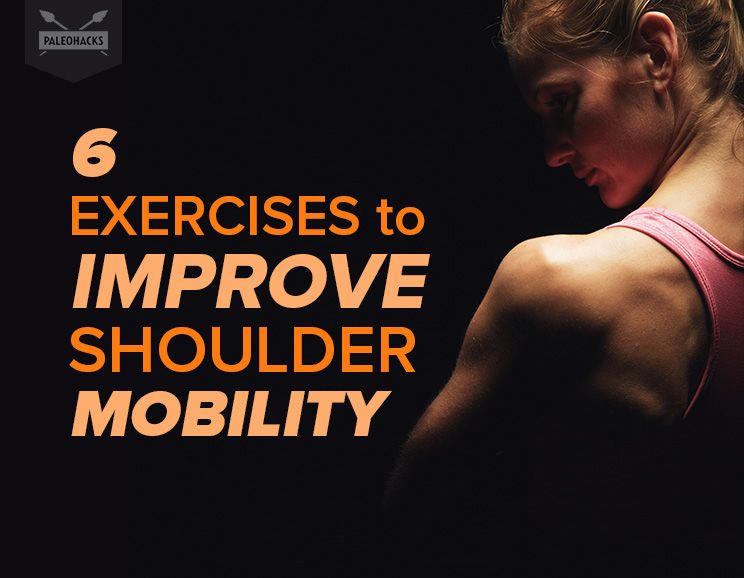

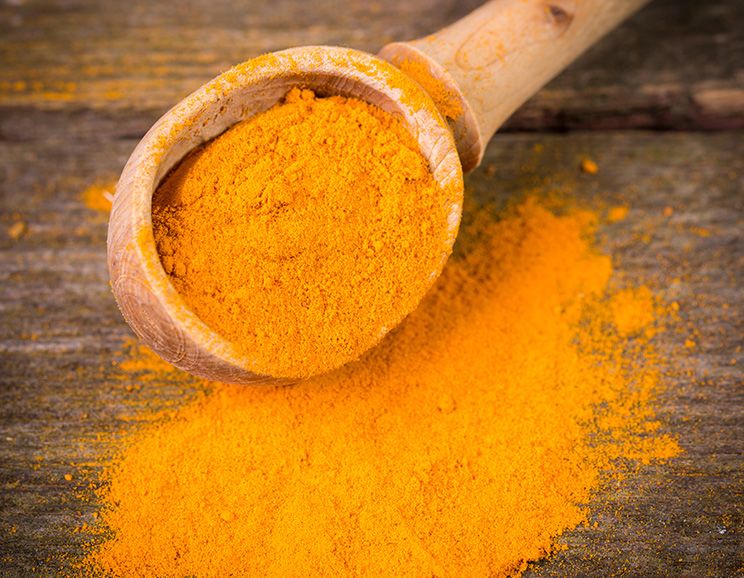 40 Turmeric Recipes, The Ultimate Paleo Spice
40 Turmeric Recipes, The Ultimate Paleo Spice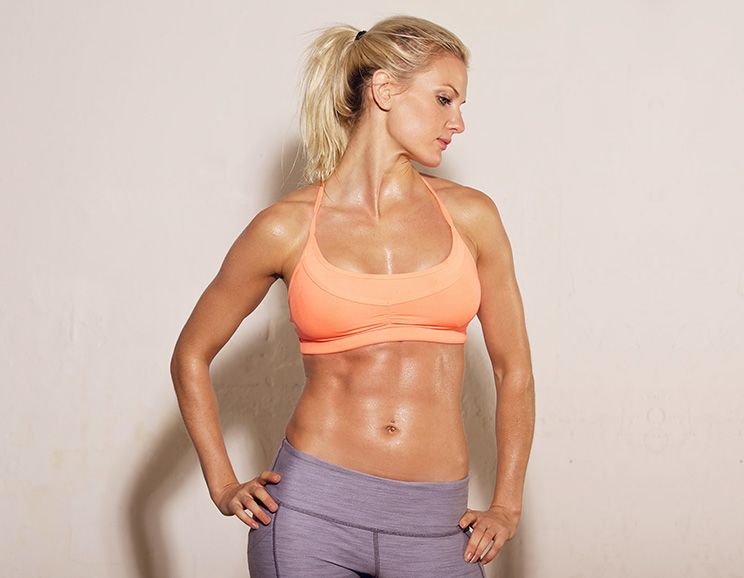
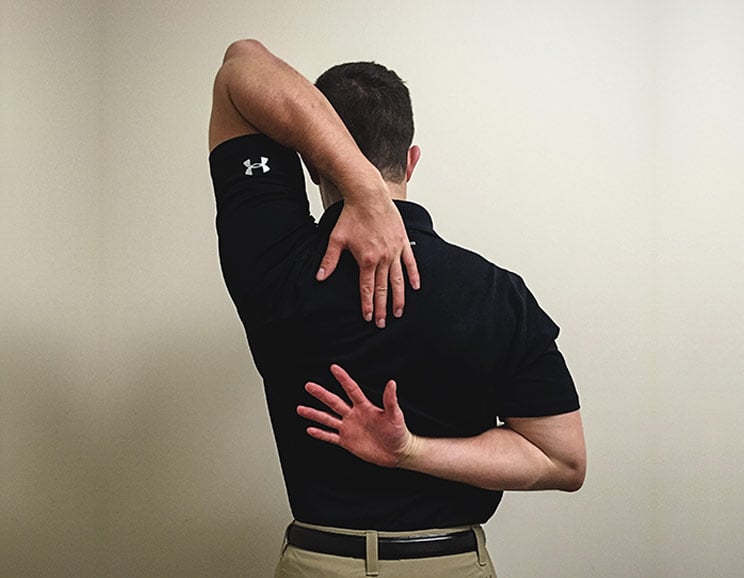
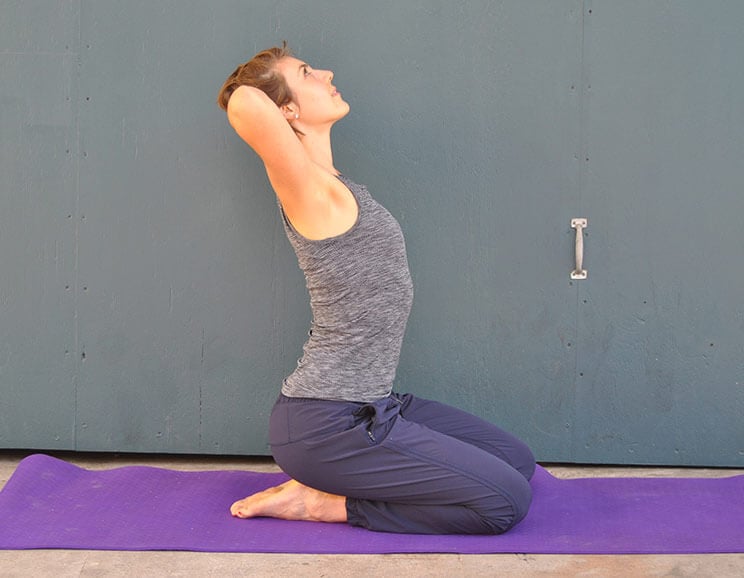
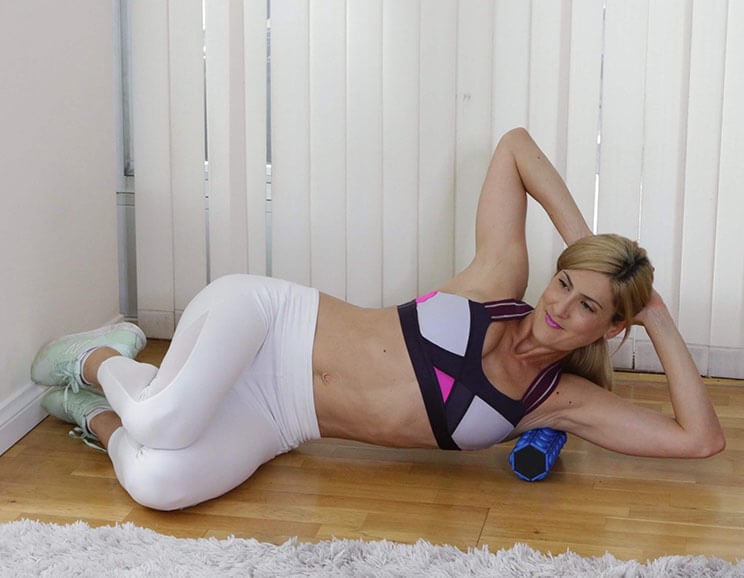
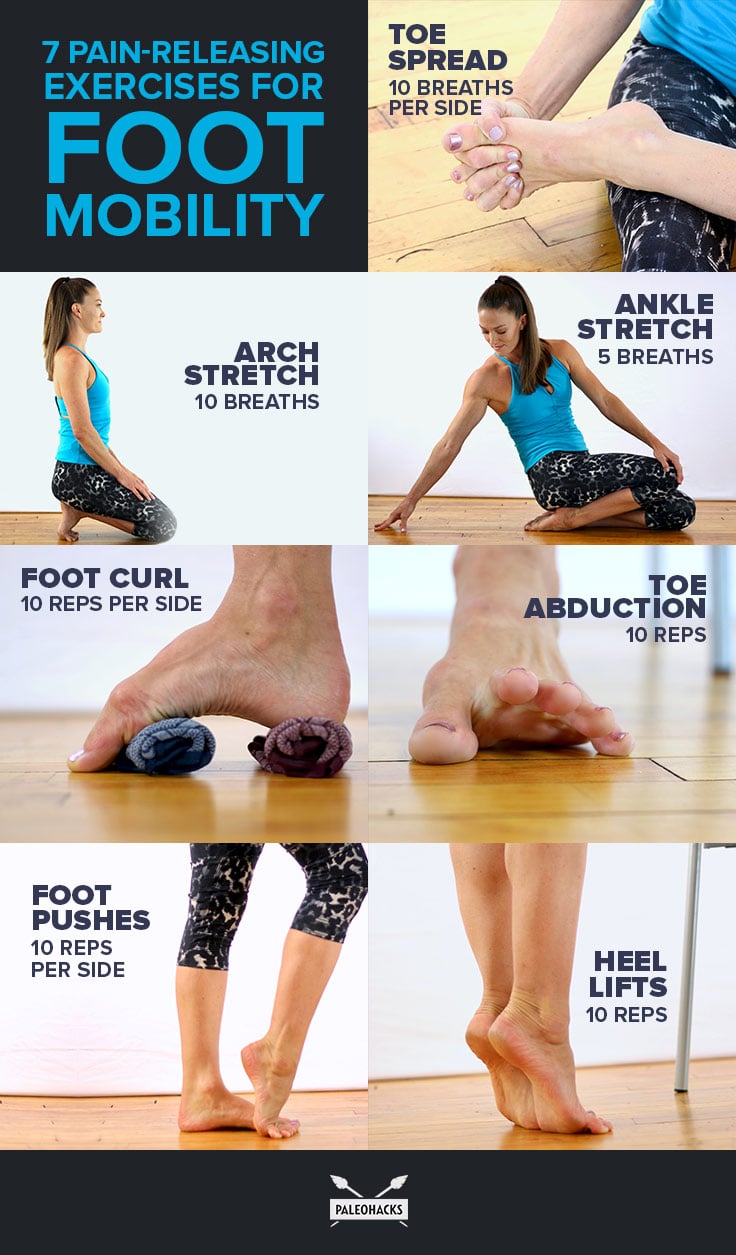
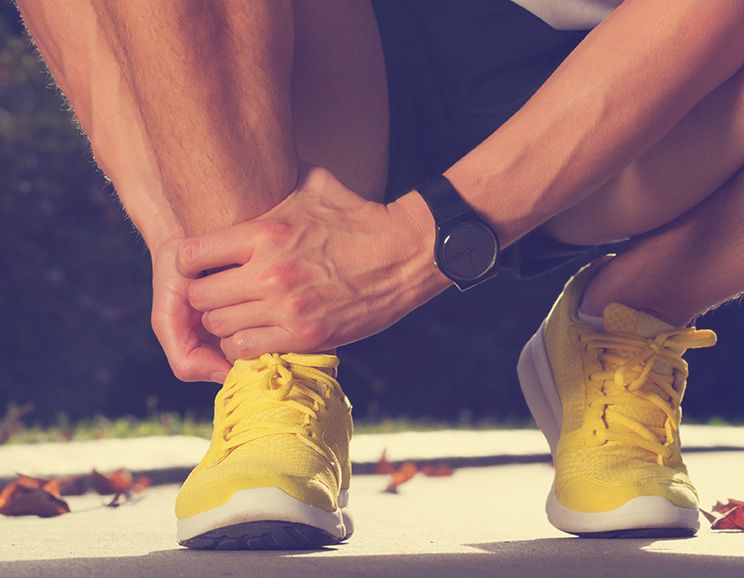
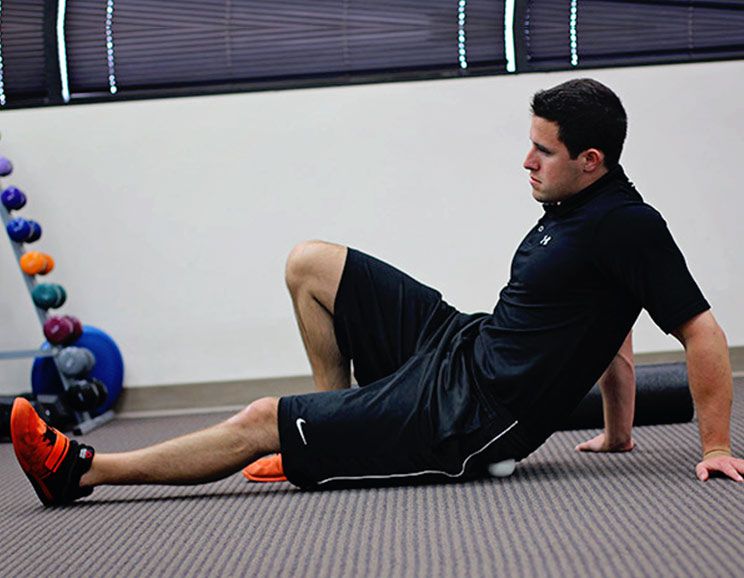
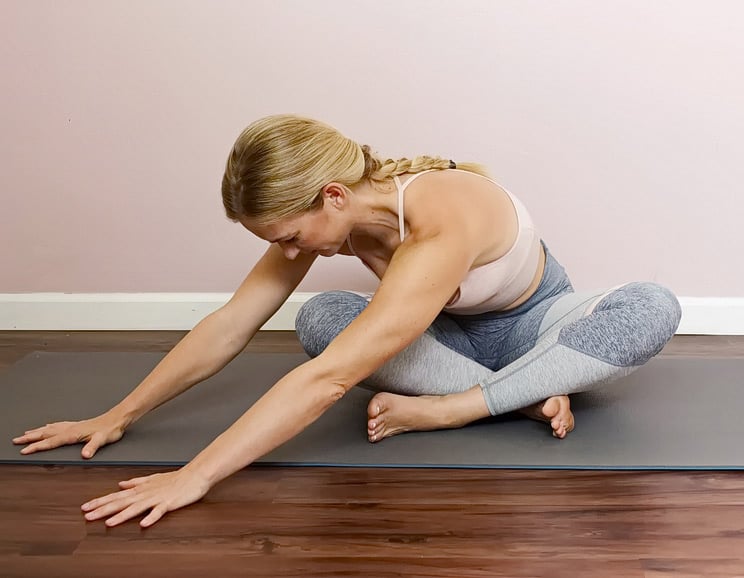

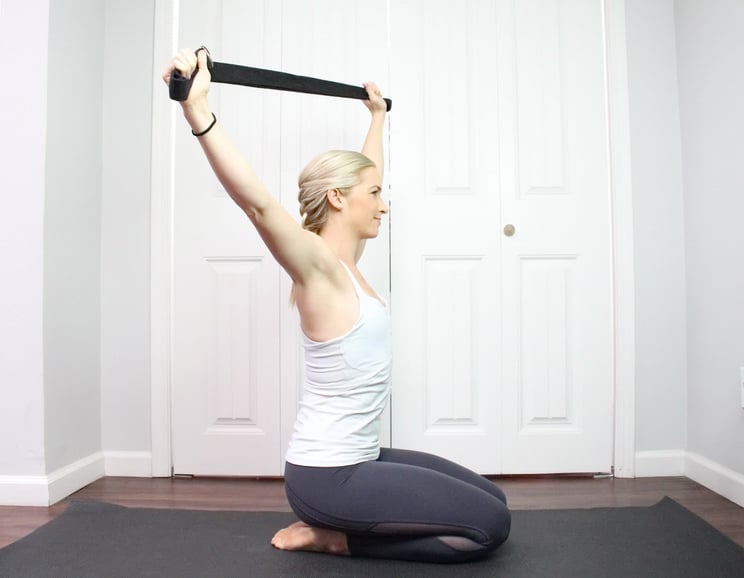
Show Comments